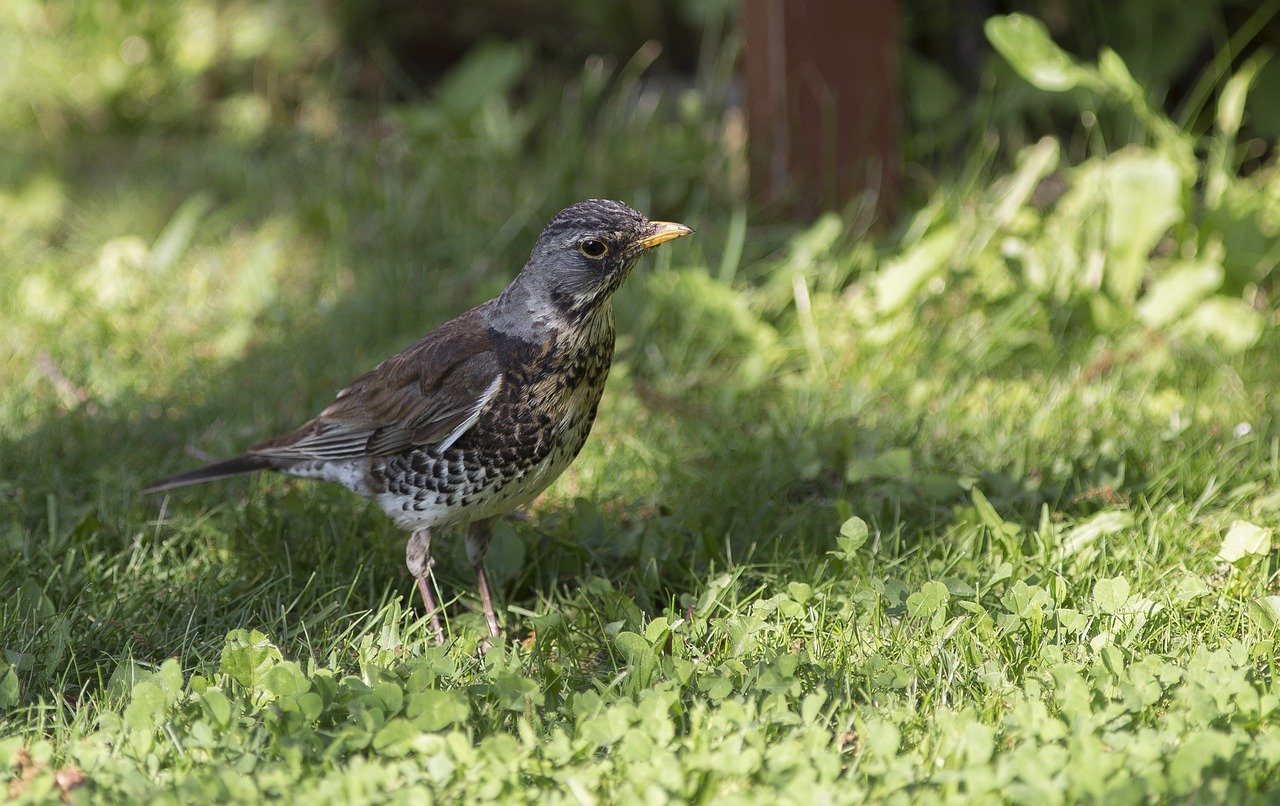Björktrastens Turdus pilaris häckning i den subalpina björkzonen i södra Lappland: en 20-årig studie
DOI:
https://doi.org/10.34080/os.v18.22679Nyckelord:
häckningsframgång, äggläggningstid, predator-byte interaktion, häckningsbiologi, populationsstudier, populationsdemografi, interaktion mellan predator och byteAbstract
A Fieldfare population, on average c. 160 pairs, was studied in subalpine birch forest in southern Lapland (c. 66°N; 500–600 m.a.s.l.) in 1983–2002. Onset of egg-laying showed no temporal trend, consistent with absence of spring temperature trend. Eggs were laid with an interval of c. 21 hours and 45 minutes, not 24 hours as normal in passerines. This reduces the exposure time to depredation during egg-laying with 9%. Egg hatchability was 96%. Egg parasitism never occurred. Depredation of nests was 46%, but very variable. Replacement and second clutches did not occur. Although an average of 4.45 young fledged from successful nests (≥1 fledgling), only 2.11 fledglings were produced per pair and year. The population varied without trend over the study period. Adult survival, estimated by the proportion of adults at the start of breeding, was 58%. This infers that first year survival must be at least c. 40%. Since this is a likely value, it seems that the Fieldfare population of the subalpine birch forest is selfsustained and not dependent upon immigration.
Nedladdningar

Downloads
Publicerad
Referera så här
Nummer
Sektion
Licens
Författaren/författarna innehar copyright för varje enskilt bidrag, men samtliga bidrag är publicerade under en Creative Commons-licens, så att vem som helst kan dela och återanvända bidraget förutsatt att copyright-innehavaren erkänns.







